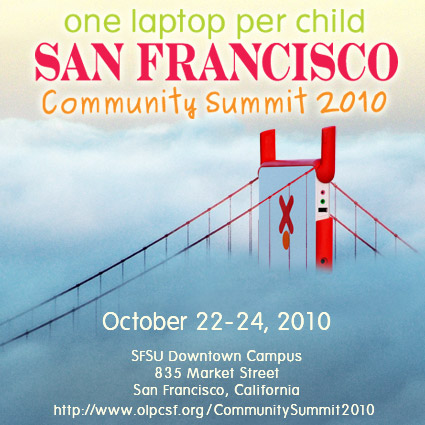Last weekend ran on into Monday for many attendees, due to late flights and the enormous hospitality of the Kleiders – June, Alex, Tanya, Isabella and Mike Gehl. Tremendous thanks are due to them and to everyone who made this such a joyous event!
Thanks also to the tireless design work and organization of Mike Lee and Elizabeth Barndollar, program coordination of Sameer Verma, Adam Holt and Hilary Naylor, social media and web support/registration fronts by Elizabeth Krumbach and Grant Bowman, and the local networking and support of Carol Ruth Silver and the SFSU student volunteer team of Alexander Mock, Abhi Pendyal, Brittany Dea, Charles Fang, Christian Pascual, Dan Sanchez, Gerard Enriquez, Hue La, Jay Cai, Lana Seto, Navi Thach , Neeraj Chand, Nina Makalinaw, Paul Mak, Russell Lee, and Simon Pan.
Live documentation of the event was possible thanks to tireless video work, moderation and transcription of Ben Sheldon, Nina Stawski, and others; and gifts and travel were supported by dozens of individuals, attendees (through their registration fees — thank you!) and by OLPC.
And finally, behind the scenes thank you to Yuliana Diestel and Richard Ho at the SFSU Downtown Center for managing logistics and Dean Nancy Hayes of the College of Business at SFSU for hosting us, and to Peter Brantley at the Internet Archive for allowing ten of us to join the excellent Books in Browsers event.



